
Your Cart
Understanding The Relativity Of Art & Mental Health
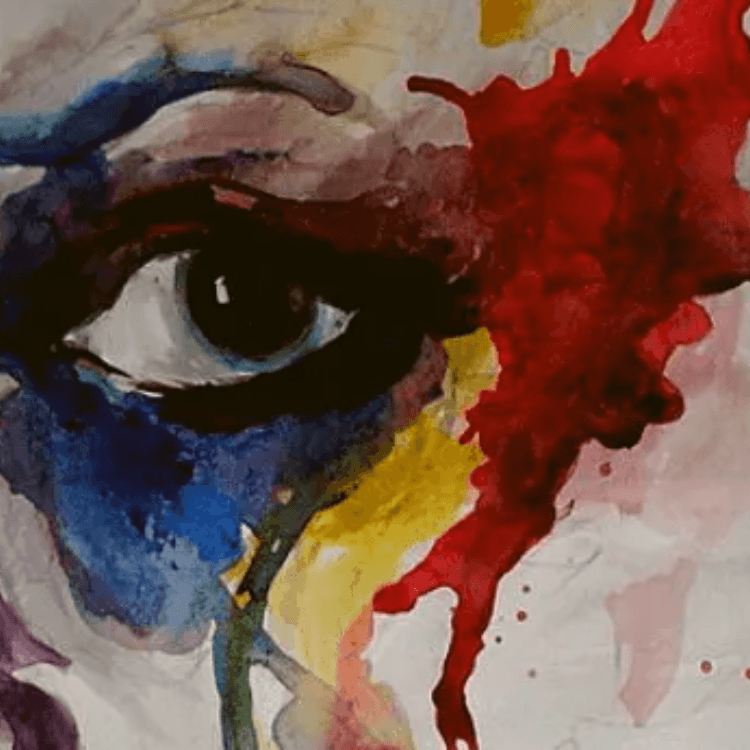
Art with mental health is ideally adapted to aid us in comprehending and expressing ideas and feelings. Through the use of all our senses and capacities for empathy we eventually are uplifted. In recent decades, we are exposed to the benefits of art and mental health. We can use art to process tough emotions during emergencies and trauma. Furthermore, its helpful to emotionally navigate the road of dealing with a disease or accident. The creation and appreciation of the arts contribute to holistic and can inspire individuals to pursue rehabilitation.
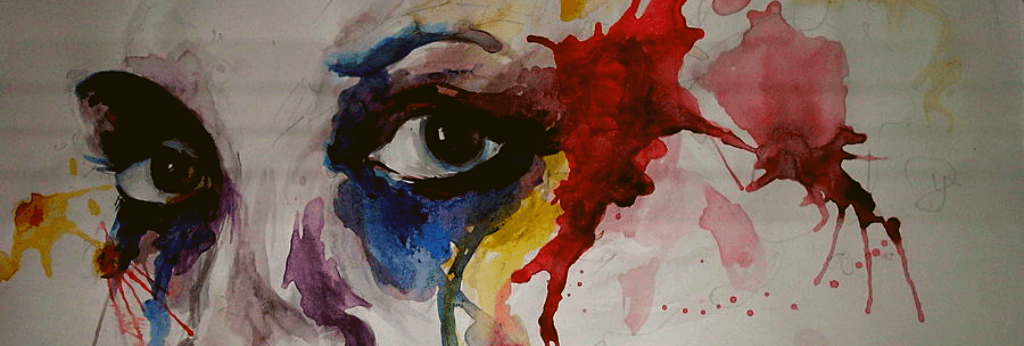
**How The Brain Is Affected By Artwellness** ---------------------------------------------
When we create art, a lot happens in the body and the psyche. Any form of creative expression enables you to think of fresh approaches to converse and interact with the outside environment.
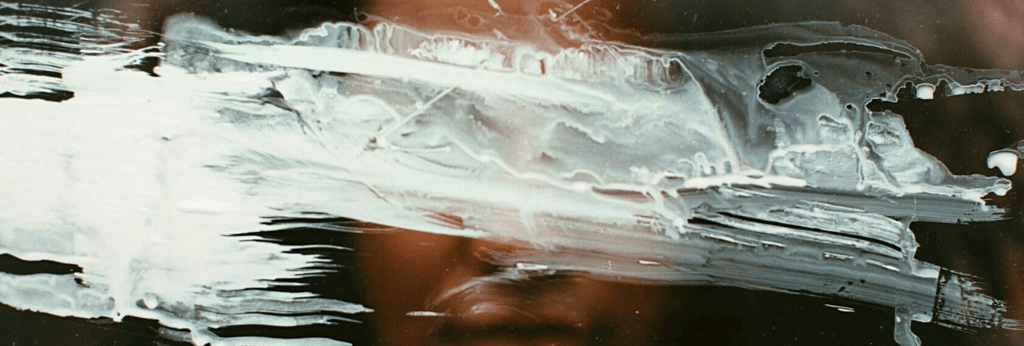
**Relieves stress** -------------------
Numerous studies have shown that using art therapy to relieve stress is beneficial. Creating art can lower cortisol levels for both individuals who identify as artists and those who don't. Therefore, everyone can gain from creating art.
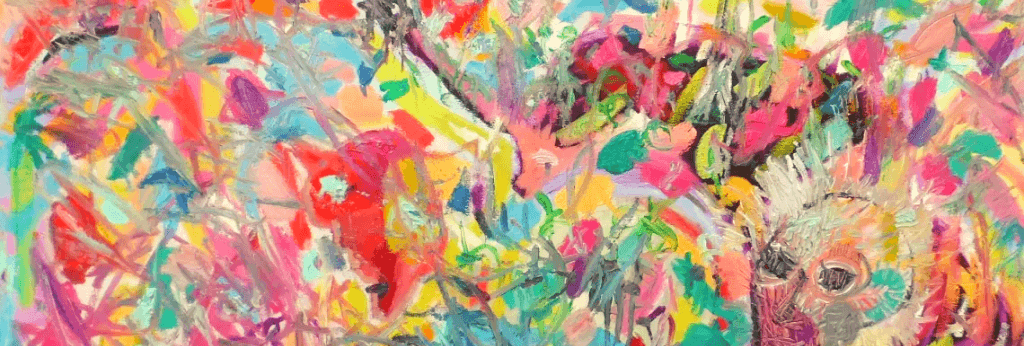
**Understanding thoughts and desires** --------------------------------------
Anyone, especially those going through major distress, can benefit from connecting with art. It helps in reducing anxiety and to develop coping mechanisms. You may express emotions and memories via art in a way that words cannot. Making art may be a cathartic process that releases tension.
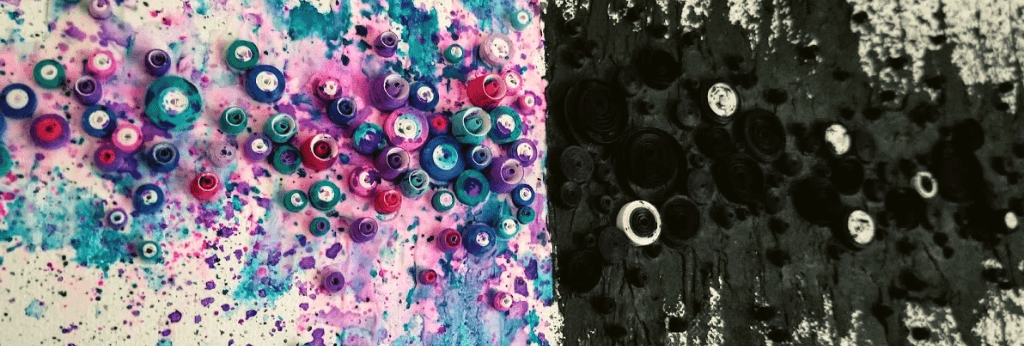
**The neuroscience of art** ---------------------------
Neuroscience and rehabilitation medicine researchers are finding more evidences that art affects brain wave patterns. Additionally, they also affect emotions, and the nervous system to improve brain function. Serotonin levels can be increased by art. These advantages result not only from creating art but also from viewing it. The experience of art can encourage the development of new neural connections and thought processes.

**Increased Blood Flow to the Brain** -------------------------------------
When exposed to art blood flow to the brain is increased by 10%. In fact, this is comparable to staring at a loved one.
**Scribble Drawings For Relaxation** ------------------------------------
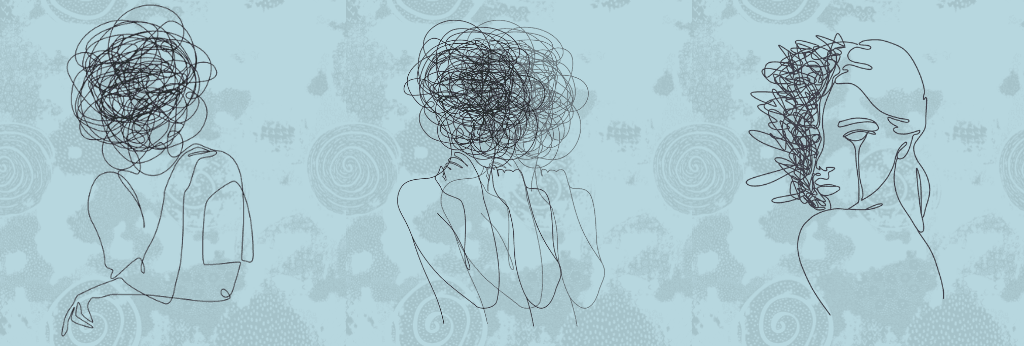
Scribble drawings are a common art therapy approach that can be applied in various ways.
**Clay-Work In Art Therapy** ----------------------------
Clay is a common substance used in both art therapy and psychotherapy. Since prehistoric times, clay products have been used by humans to create vases, pots, and symbolic symbols, including human figures.

**Mosaic painting as art therapy** ----------------------------------
Broken things can be fixed, although frequently not in the way we initially think. Maybe what we view as broken, disjointed, and hopelessly chaotic is not what it first appears to be. A Mosaic is an image created from numerous pieces of shattered tiles (also known as "tesserae"), glass, mirror, or stones. The cathartic quality of the braking phase enables the artist to accept and let go of rage and suffering.

The experience of looking at art can be spiritual and ethereal. Emotions are a potent tool for fostering human connection. The viewer can also obtain a peek at the artist's subconscious truths, which are hidden from view.
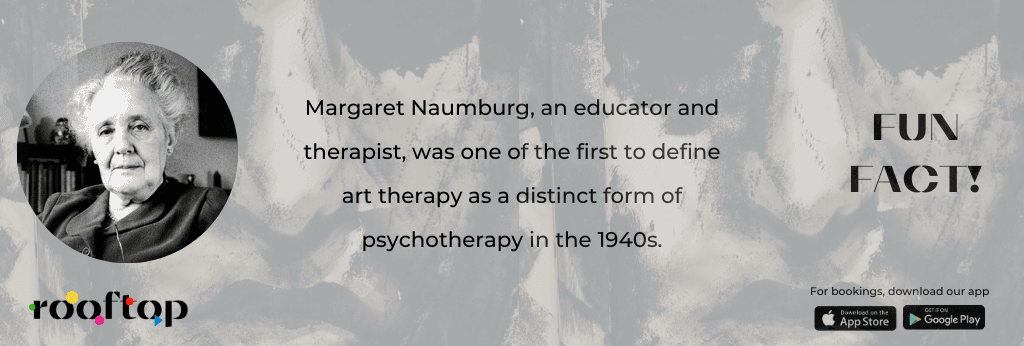
For more art-related content join us on Instagram: rooftop_app or download our app available for both iOS or Android devices.
Because really, How much art is too much art?